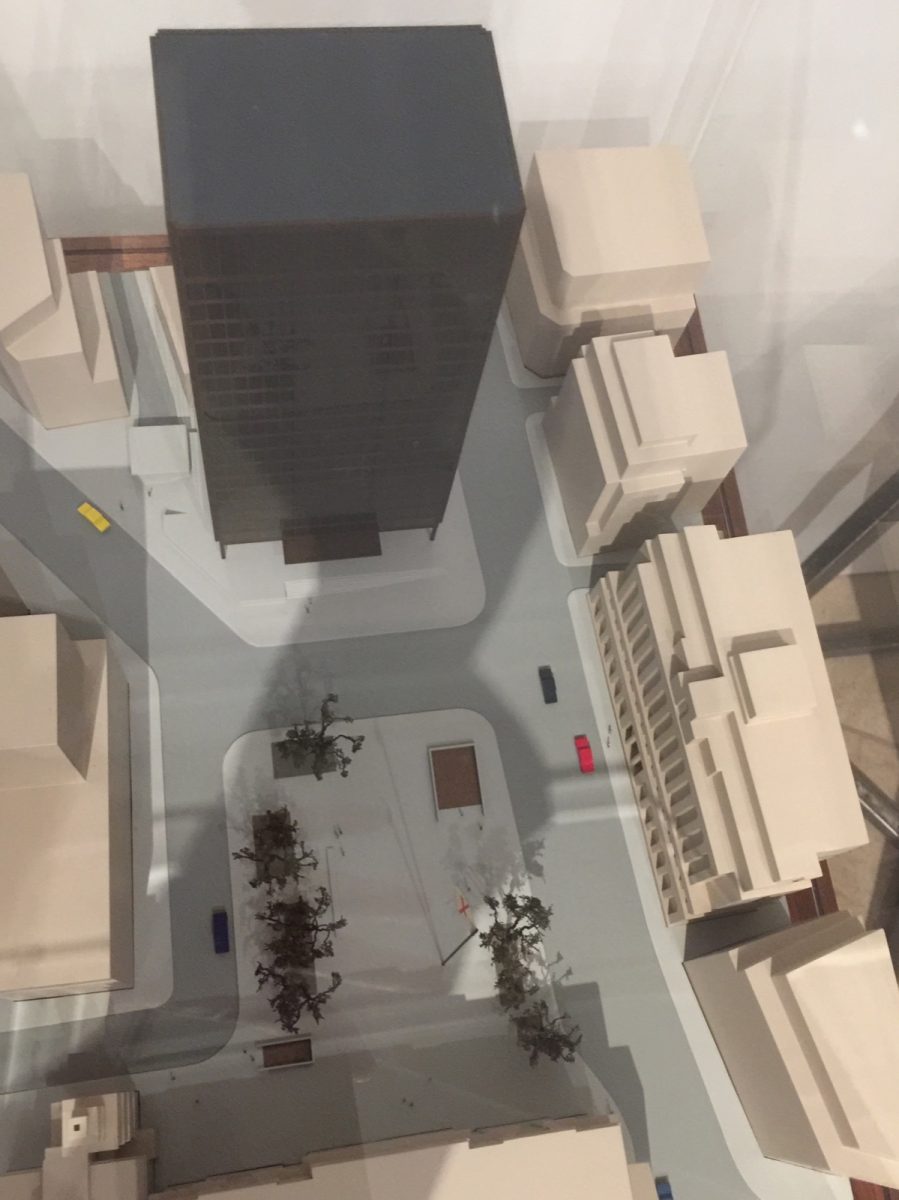Victoria Watson
Watson, V. (2020). ‘Architecture and Faux-nationalism: Re ections on a remark made by the British architectural historian Gavin Stamp about the German-American architect Ludwig Mies van der Rohe’, National Identities, 22 (4) special issue ‘Architecture, Nation, Difference’, pp. 471-478. (doi: 10.1080/14608944.2020.1803576)
When I was invited to contribute to the special edition of National Identities: Architecture, Nation, Difference, I saw it as an opportunity to further my research into the phenomenon of the avant-garde. Avant-garde is interesting in the context of national identity because the avant-garde outlook is hostile to all identifiers, or differentiators, that are not freely chosen, whether they are determined politically, socially, culturally, biologically, or in any other way one cares to mention. In critical discourses, where architecture, nation and difference are debated, the avant-garde spirit has become neglected, or is treated superficially and misunderstood.
I was able to introduce the avant-garde into my National Identities article, because I focused on the nationalistic slur, aimed at the avant-garde architect Mies van der Rohe, by the ‘young fogey’ architectural historian Gavin Stamp. Stamp hated Mies’ proposal for a glass tower and open plaza for a site in the City of London, opposite Mansion House (today the site is famous for the building by James Stirling, known as no.1 Poultry). Stamp was smart enough to realise he could not counter Mies’ avant-garde architecture with a direct, anti-avant-garde attack – in short, because avant-garde is inherently negative and thrives on direct, negative critique, which mirrors and completes it. As a kind of short-cut to criticality, Stamp constructed a faux- nationalist argument, based on a superficial attack on Mies’ national identity. He claimed, because Mies was German, so too was his proposal and therefore, by implication, inappropriate for a site at the heart of the British capital city. In fact, at the time Mies worked on the proposal, he was not German, he had become an American citizen long before the opportunity to design a building for London arose. However, Mies’ nationality was beside the point; it was his avant-garde spirit that upset Stamp and is what my article tried to show.

Mies van der Rohe’s proposal for the London City site. [photo of the model shown at the RIBA exhibition: ‘Mies van der Rohe + James Stirling: Circling the Square’, The Architecture Gallery, RIBA, 8 March – 25 June 2017]









